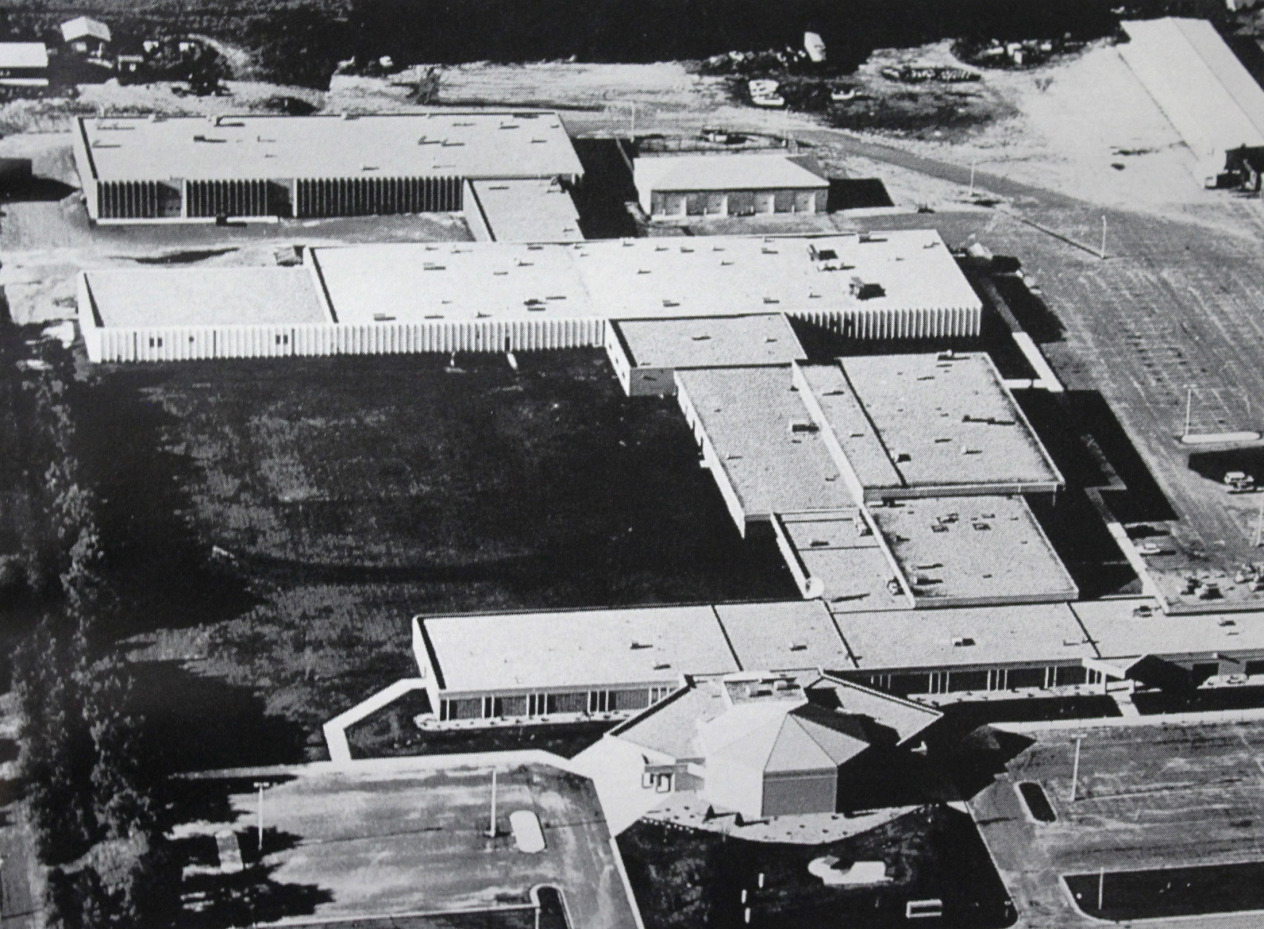Title
Course Descriptions
Body
Sections
Filters
Credits:
2 (1/1/0)
This course will introduce students to the part modeling and drawing layout tools in Autodesk Inventor software. Students will learn the concepts of parametric sketching and modeling, feature creation and editing, and model derived bidirectionally associative drawing layouts.
Credits:
3 (2/1/0)
This course will introduce students to the part modeling and drawing layout tools in Dassault's SolidWorks design software. Students will learn the concepts of parametric sketching and modeling, sketched feature creation and editing, placed feature creation and editing, and model-derived drawing layouts.
Credits:
3 (2/1/0)
This course will introduce students to the part modeling and drawing layout tools in Autodesk's Inventor software. Students will learn the concepts of parametric sketching and modeling, sketched feature creation and editing, placed feature creation and editing, and model-derived drawing layouts.
Credits:
3 (3/0/0)
This course covers the basic visualization, design and detailing concepts needed for engineers in modern industry. The course will teach students basic sketching, part modeling and assembly modeling techniques, as well as standard view layouts, auxiliary and section views, and standard dimensioning and tolerancing practices using an industry-recognized 3D solid modeling program.
Credits:
4 (2/2/0)
This course covers advanced part modeling, assembly modeling, sheet metal and presentation files in the latest versions of the Inventor and SolidWorks drawing software.
Credits:
3 (2/1/0)
Meets MnTC Goal Areas 2 and 3. Course deals with substances, their structures and properties, the changes they undergo and the laws that govern those changes. Intended for prospective elementary teachers, non-science majors and those who need background for General Chemistry. This course includes a lab.
Credits:
5 (4/1/0)
Meets MnTC Goal Areas 2 and 3. This course is the first of a two-course series (CHEM1111 and CHEM1112) intended for science majors. Students will learn the general chemistry principles: problem solving, nomenclature, atomic structure, electronic structure, stoichiometry, titration, reaction types, molecular structure, thermochemistry, electronic structure, and properties and laws of gases. The course includes a lab. Students completing the two-semester sequence will be competent in all areas listed in General Chemistry I & II of the Minnesota State Chemistry Transfer Pathway.
Credits:
5 (4/1/0)
Meets MnTC Goal Areas 2 and 3. This course is the second of a two-course series (CHEM1111 and CHEM1112) intended for science majors. Students will learn the general chemistry principles: intermolecular forces, properties of solids and liquids, solution chemistry, kinetics, chemical equilibrium, acid-base equilibrium, solubility equilibrium, thermodynamics, electrochemistry, nuclear chemistry, and possibly coordination chemistry and an introduction to environmental chemistry. The course includes a lab. Students completing the two-semester sequence will be competent in all the areas listed in General Chemistry I & II of the Minnesota State Chemistry Transfer Pathway.
Credits:
5 (4/1/0)
Meets MnTC Goal Areas 2 and 3. This course is the first course of a two-course series (CHEM2224 and CHEM2225). Students will learn organic chemistry principles including introduction to the classification, structure, nomenclature, reactions and reaction mechanisms of carbon compounds. The following topics will be included: structure and properties of organic compounds, nomenclature, structural representation and interpretation, isomerism, acid base properties of organic molecules, reaction representation and interpretation, reactions of organic molecules (mechanistic representations, proton transfer, nucleophilic substitution, elimination, electrophilic addition and free radical), reaction considerations and basic principles of spectroscopy. The course includes a lab, which will include techniques for the purification, synthesis and characterization of organic compounds and the study of organic reactions. Green chemistry techniques will be practiced whenever possible.
Credits:
5 (4/1/0)
Meets MnTC Goal Areas 2 and 3. This course is the second of a two-course series (CHEM2224 and CHEM2225). Students will learn the reactions and characteristics of various organic chemistry groups. The following topics will be included: functional groups, nomenclature and preparation, structure and reactivity, reaction representation and interpretation, reaction considerations and spectroscopy. The course includes a lab which will include purification, synthesis and characterization of organic compounds and the study of organic reactions. Green chemistry techniques will be practiced whenever possible.
Credits:
1 - 3
This course is designed to provide students with a monitored meaningful work experience related to their field of interest. This experience will increase their employability and enhance their life skills. Completion of this course requires a written report and an evaluation from the student's supervisor. Each internship is an individualized experience, therefore this course is offered with variable credits and may be repeated up to two times. The student may choose from one, two or three credits as prearranged with the internship site supervisor and corresponding faculty. Each credit will require a minimum of 45 hours of on-the-job learning. This course will be graded pass/fail only.
Credits:
3 (2/1/0)
The student will learn the principles of vertical distance measurement, as well as construction staking and the compiling of field notes typical of the civil engineering field. This course will focus on the use of various surveying equipment and procedures including an introduction to global positioning system (GPS) concepts and methods.
Credits:
3 (1/2/0)
Students will learn civil engineering technology land surveying principles including topographic surveys, utilities, drainage and roadway alignment. This course emphasizes the use of Total Station and Global Positioning Systems (GPS) for collecting data as well as civil engineering software for processing data. Additionally, students will utilize GPS functionality on the Trimble TSC3 data collector and Trimble Business Center software.
Credits:
3 (2/1/0)
This course introduces students to industry-specific civil design software. Students will learn concepts relating to civil engineering drawings including topography, site planning, mapping and downloading survey data to create digital terrain models.
Credits:
3 (2/1/0)
This course involves the study and performance of procedures necessary in the inspection and documentation of general construction of public works projects. Topics include inspector responsibilities, project management and aggregate base, concrete and bituminous inspection.
